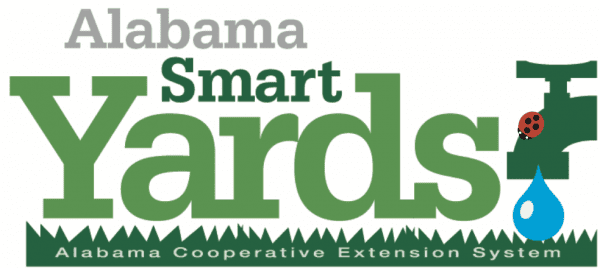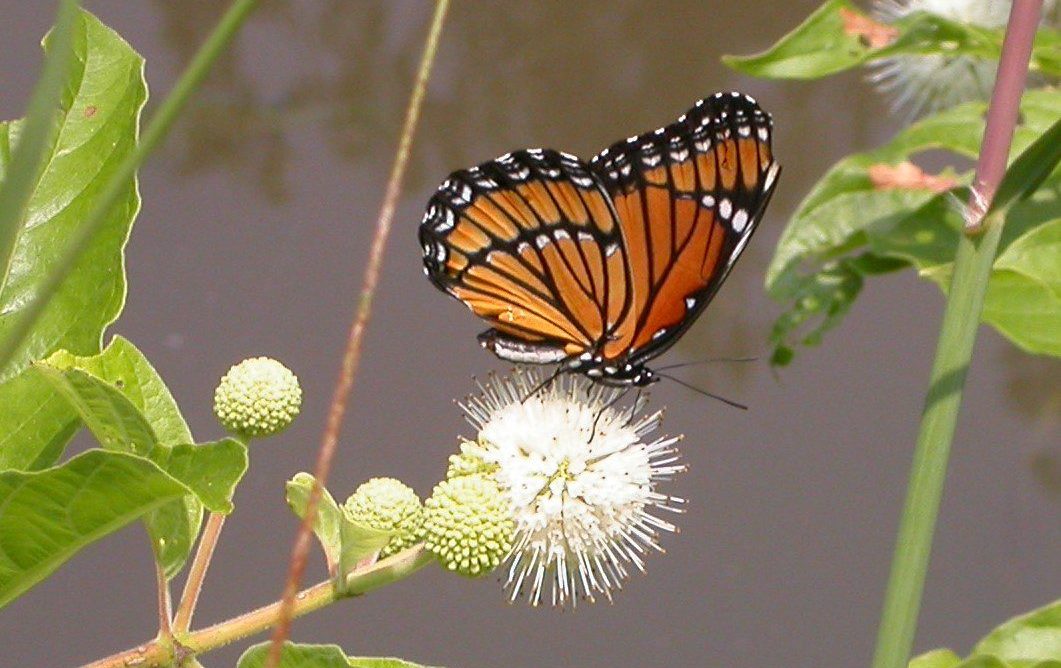Fish & Water

Everything we do in our yards including fertilizing, raking, mulching, managing pests, and making plant choices affects water quality.
Introduction
Smart home landscape choices create environments that stabilize soil, filter pollutants, save energy, support native species, and reduce harmful runoff, all of which help preserve our state’s unique natural beauty.
Alabama ranks fourth highest among states in biodiversity and first in the eastern United States, mainly because of aquatic habitats. Our state has more than 4.5 million surface acres of freshwater, coastal wetlands, and estuaries.
Unfortunately, Alabama is also in the top rankings for its number of endangered species, most of which live all or part of their lives in water.
Alabama Smart Yards is your guide for managing healthy, beautiful landscapes that protect natural environments. This series of short instruction sheets— or recipe cards—teaches seven important landscape management principles:
- Right Plant, Right Place
- Care and Maintenance
- Fertilize with Care
- Reduce Runoff
- Attract Wildlife
- Smart Pest Management
- Water Smart
This publication series is based on an out-of-print book, Alabama Smart Yards (ANR- 1359). Originally published by the Alabama Cooperative Extension System in 2011, it was written by Eve Brantley, Willie Datcher, Mark Dougherty, Glenn Fain, Tony Glover, Ellen Huckabay, Patti Hurley, Charlene Lebleu, Gerald McQueen Jr., Sallie Michael, Eric Reutebuch, Roland Roark, Katie Werneth, Amy Wright, Bernice Fischman, Kerry Smith, and Ken Tilt.
Information contained in the original book was adapted for Alabama’s climate and soils from the Florida Yards and Neighborhoods Program with permission from the authors.

 Kerry Smith, Administrator, Outreach Programs, Horticulture, Auburn University
Kerry Smith, Administrator, Outreach Programs, Horticulture, Auburn University
New July 2022, Smart Yards Recipe Series, ANR-2872
Other Alabama Smart Yards Resources
- Video: Master Gardener Helpline
- Publication: Smart Yard Landscapes

